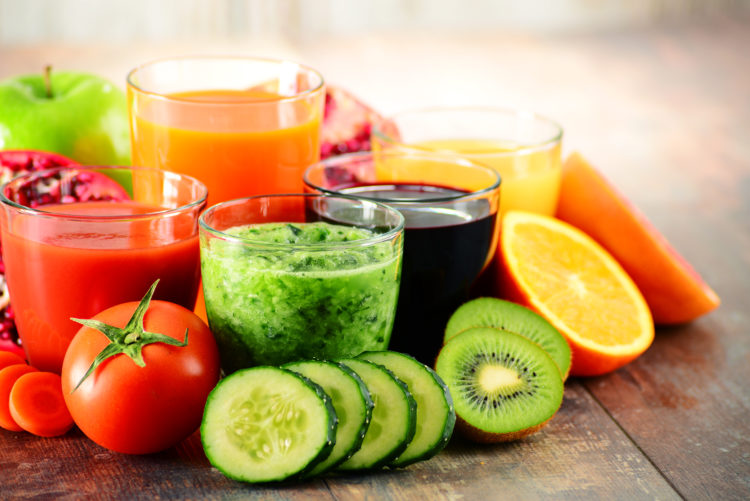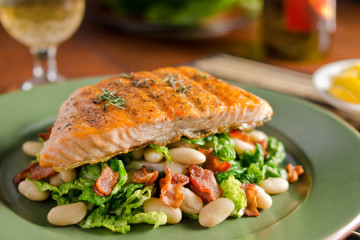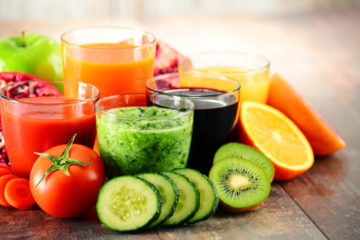How to Pick Great ripe Fruit

By C. S. Nelson
By design, fruit is mysterious. Its skin prevents the buyer from seeing what’s inside before the purchase. But this is not a mystery without clues. When you know what to look for you can greatly increase the chances of bringing home the perfect sweet piece of produce.
Oranges
One vital thing to remember about oranges, as well as other kinds of fruit, is that weight really matters. Hold the orange in your palm and evaluate the size compared to the weight. It should feel heavy. That means the wedges inside are plump with juice. Next, run a fingernail along the skin then sniff the orange. Pick an orange with a sweet citrus smell. Stay away from fruit with a bitter scent. At the bottom of the orange (the opposite side as the stem) is an area that looks something like a belly button. Oranges with larger or protruding belly buttons are likely to be better choices than those with smaller buttons. While color is usually a good indicator, in some cases oranges have been dyed to enhance their appearance, so don’t count color as a major factor.
Apples
Biting into a mealy apple is a bitter disappointment. Avoid those dry apples by taking weight, shape and firmness into account. Round apples have generally been picked from the tree earlier than those that have grown into an oblong shape. And earlier apple equals better texture and taste. When an apple is squeezed (gently, of course) the inside should not feel as if it’s giving way to the pressure. And always check for bruises. An apple that has been banged around will be a waste of money.
Watermelon
Watermelons are mainly water, just as the name indicates. A good watermelon should be heavy with a symmetrical shape indicating that it received the needed water equally throughout the growing season. Look for a dark green skin. On the bottom of the watermelon is the place where the fruit sat on the ground while still growing on the vine. This area will have a different color than the rest of the watermelon and should be yellow rather than white or green. Thunking a watermelon to determine its ripeness is a subjective tool and not a good way to make a selection.
Avocado
Here’s a tricky one. The rough skin of the avocado make fruit selection challenging. It’s important to find avocados with a very dark color, only slightly green. When squeezed, the flesh inside should only have a mild amount of give. Be careful not to apply pressure with the thumb as this could lead to damaging the fruit. Pop the stem off the top of the avocado. Underneath there should be a bright yellow to light green flesh. If the area is brown, the avocado is too ripe and should be avoided.
Cantaloupe
There isn’t much variation in the appearance of cantaloupes so it’s important to look closely at this fruit. The skin, when ripe, will have almost no green in the color. A good cantaloupe is one that has fallen from the vine rather than being cut before its time. Looking at the stem area, it should be curved in, not sticking out where the vine was removed manually. Smell the bottom side of the fruit. The scent should be fresh and sweet.
With all kinds of fruit, season is an important factor. Look for fruit that’s at the prime of its harvesting season, and when available, buy local.
Purchasing fruit that isn’t at its prime can end with much of your purchase going to waste. No one wants to spend money on a product that doesn’t meet their expectations. By applying the clues above, you’ll soon be enjoying the perfect piece of sweet fruit.







No Comment